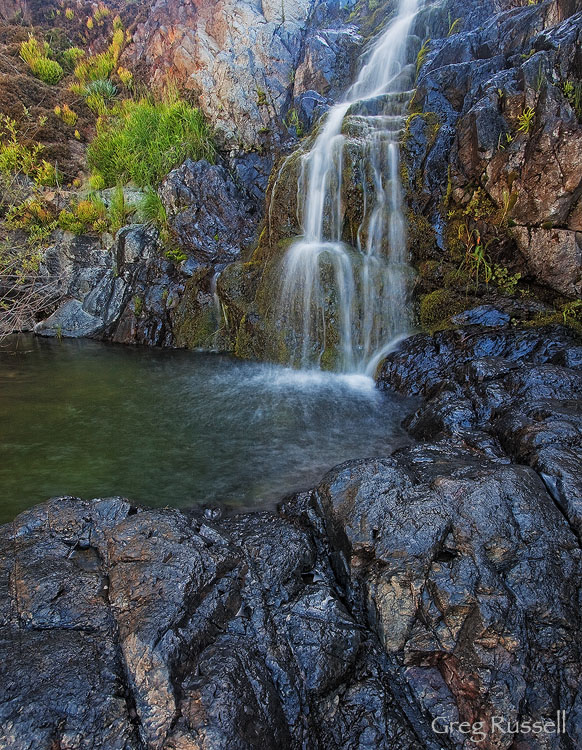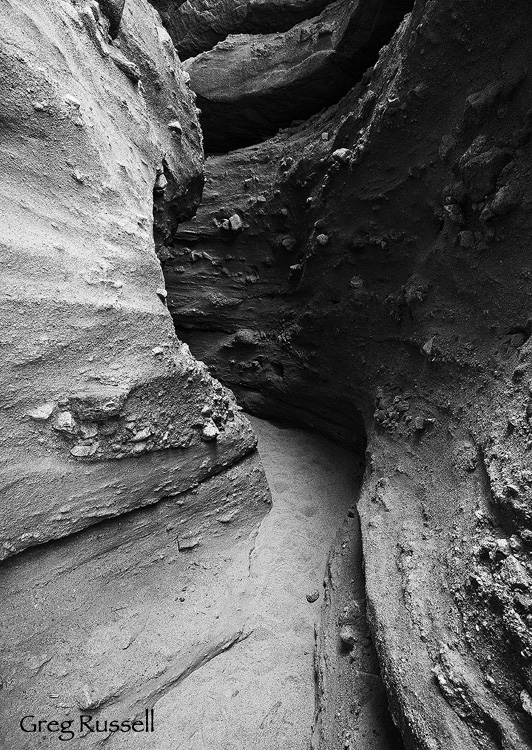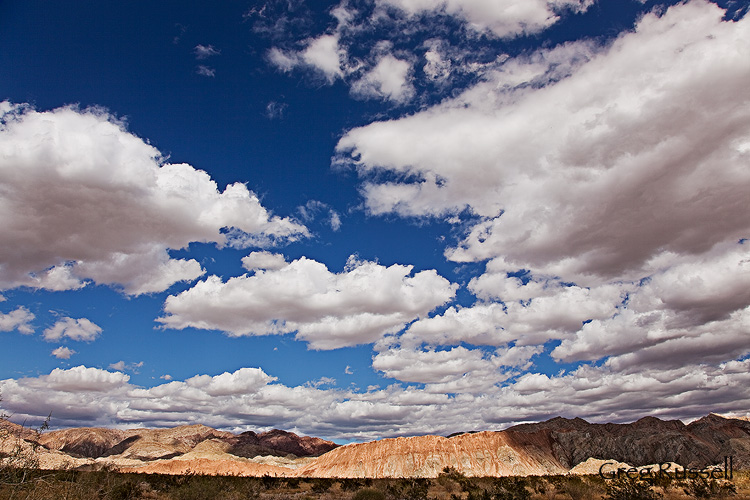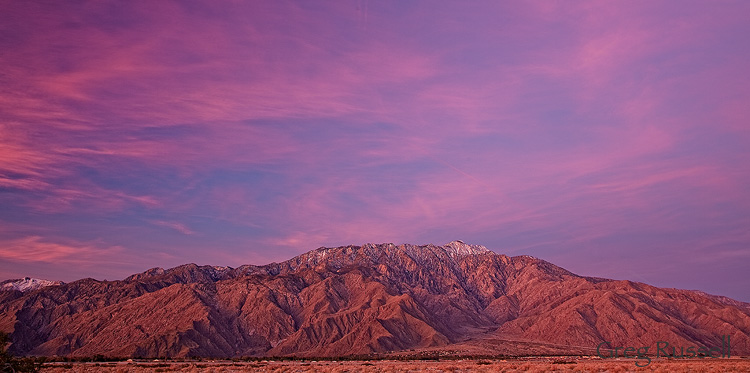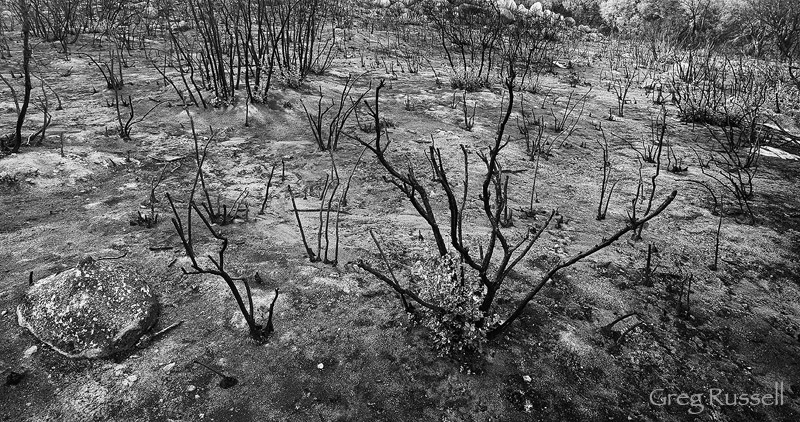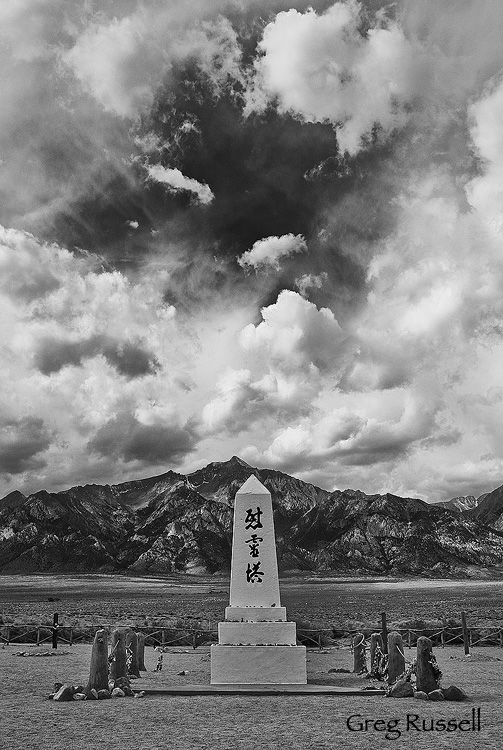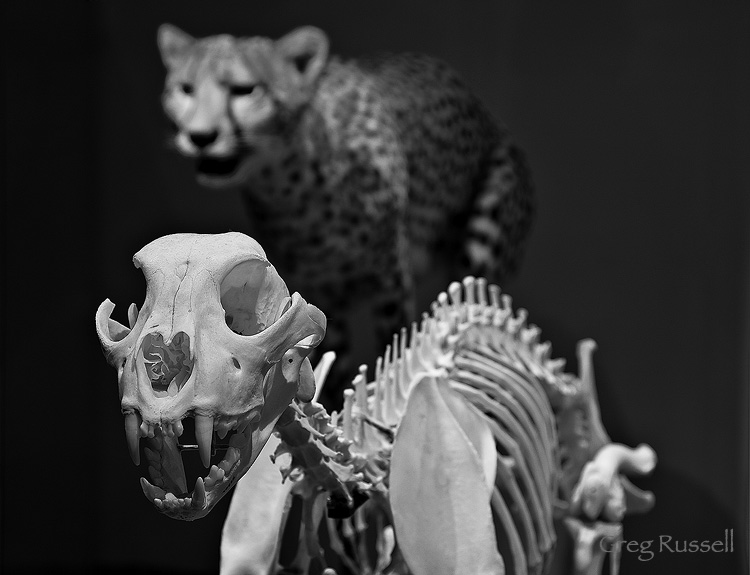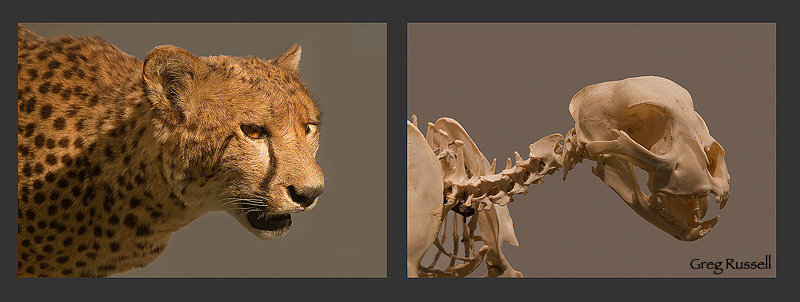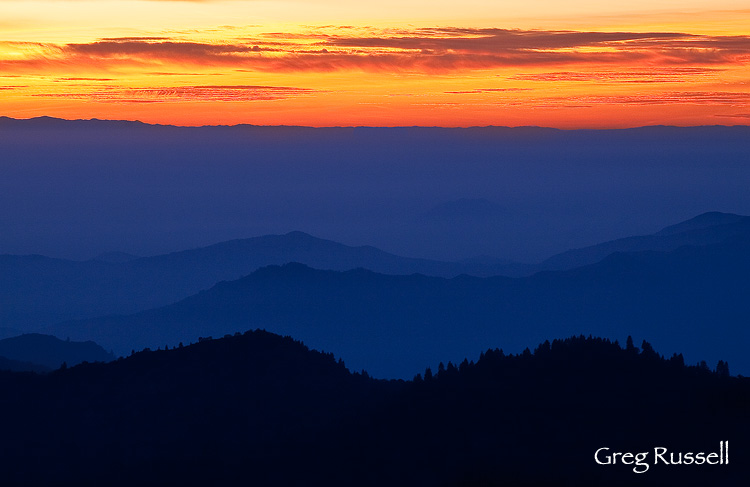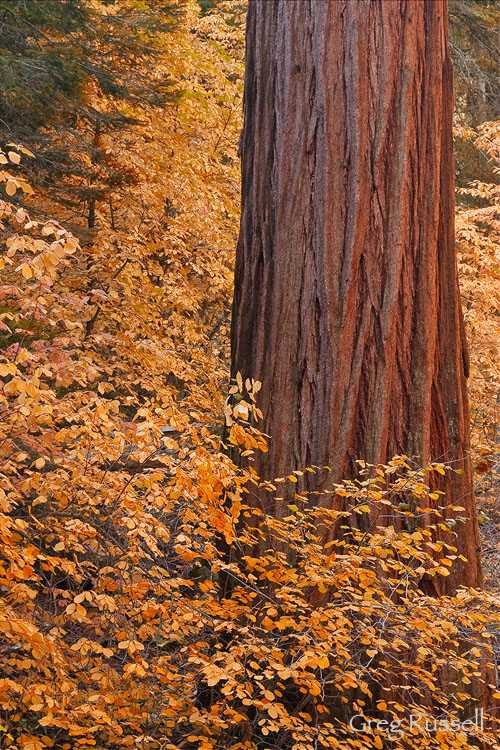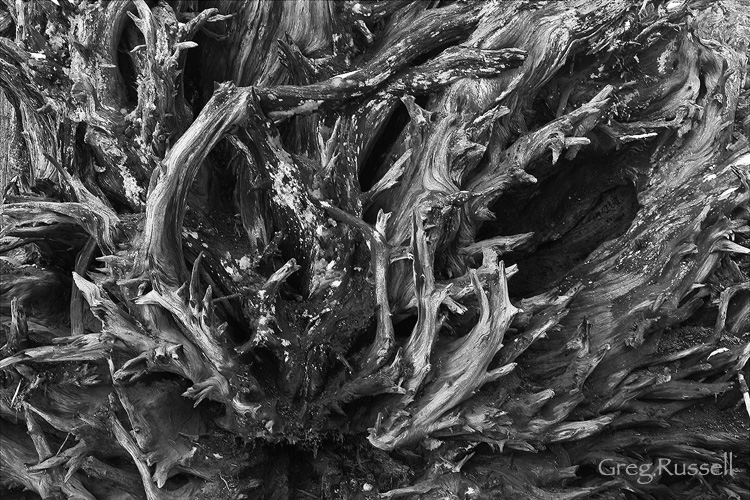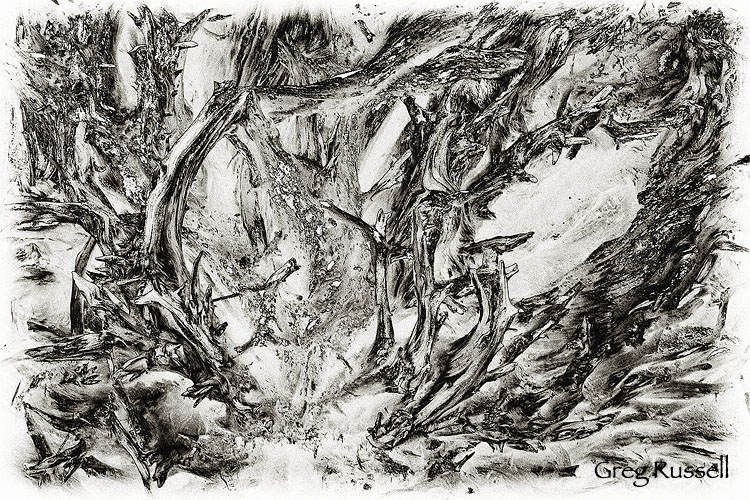Its true what they say: sometimes the unexpected surprises are the best. Although I live a few miles from the Santa Ana Mountains, I haven’t explored them nearly enough. The Santa Anas are one of the peninsular mountain ranges in southern California, and while they are a coastal range, they are far enough inland to get quite dry and hot during the summer months.
One of the things I love about this range is all of the waterfalls and cascades. Not nearly on par with anything you might find in Yosemite, these little rivulets are quite charming, and each is a little bit different. Last year, I spent some time with San Juan Falls, one of the easier falls to access. This past week, Marc Perkins and I headed back to the Santa Anas to look for another waterfall.
Upper Hot Springs is another small stream, and the falls cascade about 30 feet over some very colorful rocks. Last year, I attempted to hike to this area, but was turned around because of dense poison oak. Last week, the trail was much more easy to find, and we found the falls with no problems. In contrast to the oak and sycamore environment of the stream bed, the area around the falls was covered in succulent plants (whose name I do not know).
As far as I could tell, the falls don’t live up to their name in that the water wasn’t especially hot. Oh well. It wasn’t the best day for a soak in hot springs anyway!
I hope you enjoy the image; you can see the rest of my images from the Santa Ana Mountains here.

